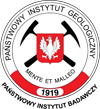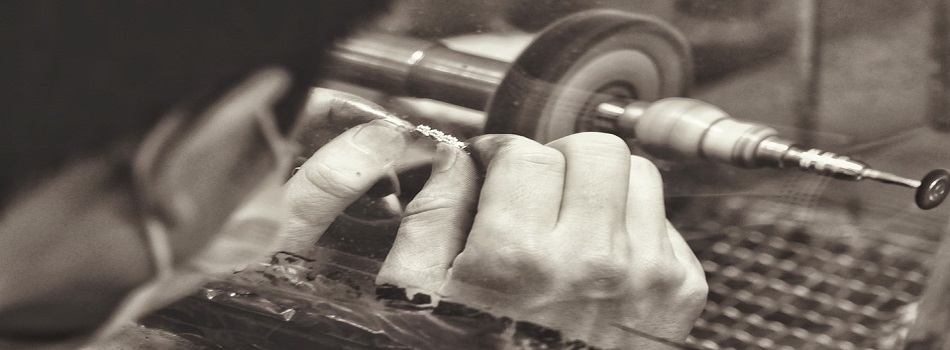A new form of carbon called Q-carbon is harder than diamond, ferromagnetic, glows when exposed to electric current and can be obtained at ambient temperature and atmospheric pressure.
Scientists from North Carolina State University discovered this new form of carbon, other than graphite or diamond. Ferromagnetism is one of its unusual properties (it is attracted by magnet like iron, cobalt or nickel). Moreover, it is harder than diamond and glows when exposed to electric field.
In nature, Q-carbon is probably present in the core of some planets. In order to obtain Q-carbon, scientists first prepare a suitable substrate such as sapphire, glass or polymer. The substrate is coated with amorphous (non-crystalline) carbon. Subsequently, carbon is exposed a laser pulse for approximately 200 nanoseconds (billionth of a second). Carbon temperature rises to about 2700 degrees centigrade and then abruptly falls. Quenching rate can be controlled by selecting appropriate substrates and pulse time. A 20 to 500 nanometres thick Q-carbon layer is formed. The process is delivered under atmospheric pressure and repeated to produce more Q-carbon.
Q-carbon discoverers also have developed a technique for producing diamond structures at ambient temperature and atmospheric pressure. Potential products include diamond nano- or micro-needles for application in medicine, industrial processes or electronics.
Project leader Professor Jay Narayan from North Carolina State University expects Q-carbon applications in several technologies, for example in electronic displays. Single-crystal diamond structures would be much stronger than those made of a polycrystalline material. The technology does not require extremely high pressure or temperatures and is based on commercial lasers (similar to lasers used in eye surgery), so its cost is not expected to be prohibitive.
The “Journal of Applied Physics” reported the discovery.
source: Nauka w Polsce, PAP









